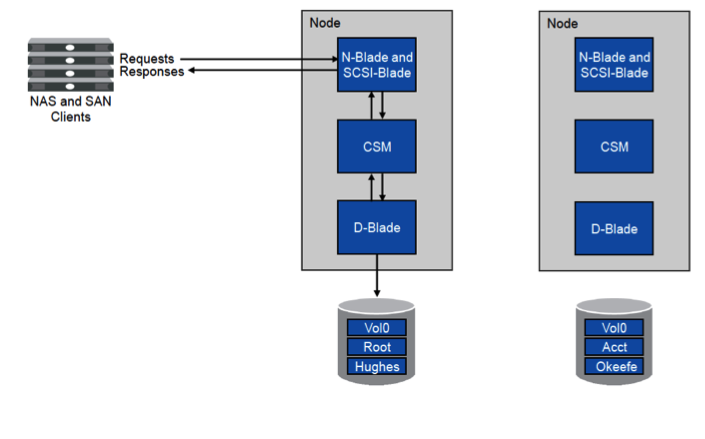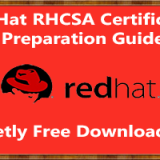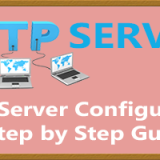Data write request process in Netapp Clustered Data ONTAP (Data Flow)
Data write request process in Netapp Clustered Data ONTAP
For SEO: data write request process
Clustered ONTAP system can be managed either from CLI or GUI (system manager or element manager). There are three different shells available with different scopes: Clustershell, nodeshell, systemshell
Step:1 Access through CLI
Clustershell:
———
-SSH is default method
-One can access clustershell using cluster management LIF (recommended) or the node management LIFs
-Scope: entire cluster
LIFs Management: ‘net int show‘ with display the output of available cluster management and node management LIFs along with their IP’s, current node, current port and status
Nodeshell:
——–
-Access nodeshell within the clustershell
-Scope: limited to one node at a time
-Command to access nodeshell is:
Clus::> system node run
Systemshell:
———
-Access systemshell from within the clustershell
-This is to access BSD shell
-Scope: single node at a time
-To access systemshell:
a. security login unlock -username diag b. system node systemshell c. Login as “diag”
Step: 2 Access through GUI
-Start the system manager client using the IP address of the cluster management LIF
-This is well known interface to all the existing 7-mode administrators and I don’t think more explanation is needed here
Dataflow in NetApp cluster-mode
To understand the dataflow in cluster-mode, one needs to understand the four major software components along with other key software components on every node in the cluster, they are as follows:
a. N-blade, network “blade”
b. D-blade, data “blade”
c. SCSI-blase, SCSI SAN “blade”
d. M-host, Management blade
Other components:
————–
-The cluster session manager (CSM)
-RDB units, which is the volume location database
All the above mentioned components are accessed only by well-defined application APIs. The N-blade and SCSI-blade translates client requests into Spin Network Protocol (SpinNP) requests. The D-blade contains the WAFL file system that handles the SpinNP requests. The CSM is the SpinNP layer between the N-blade, the SCSI-blase and the D-blade.
Key Concepts:
————
N-blade: The N-blade handles the networking, NFS and CIFS requests and then translates to SpinNP requests as inputs to CSM
SCSI-blade: The SCSI-blade handles the networking, FC, FCoE and iSCSI requests and then translates to SpinNP requests as inputs to CSM
CSM: CSM then acts as a communicator between N-bade or SCSI-blade SpinNP requests and input them to the D-blade over UDP/IP
D-blade: The D-blade which contains the WAFL file systems then handles the SpinNP requests and them communicate disks and tape devices using FC
Dataflow on a local node:
——————-
1. NAS or SAN clients sends the write requests to a data logical interface (LIF)
2. N-blade (NAS) or SCSI-blade (SAN) which are associated with that LIF translates the NFS or CIFS, FC, FCoE, or iSCSI request to a SpinNP request
3. The SpinNP requests then passed to the D-blade via CSM
4. D-blade then sends the data to NVRAM and to the disks
5. The acknowledgments then works its way back to the client
Dataflow on a Remote node:
——————————————-
1. NAS or SAN clients sends the write requests to a data logical interface (LIF)
2. N-blade (NAS) or SCSI-blade (SAN) which are associated with that LIF translates the NFS or CIFS, FC, FCoE, or iSCSI request to a SpinNP request
3. The SpinNP requests then passed to the “remote” D-blade via Cluster session manager.
4. D-blade then sends the data to NVRAM, NVRAM has two parts one part holds the data which 50% of the NVRAM and time period is 10secs. Whenever first part 50% is fulled it will send to disks for write, either after 10secs it will automatically sends to disks for write when 50% is not full.
5. The acknowledgments then works its way back to the client
data write request process
NCSA Certification Guide Don’t miss
Netapp how to’s
Thanks for your wonderful Support and Encouragement
- Get Email | Download E-Books
- Facebook Page
- Youtube Channel
- Exclusive Telegram Group
- Discuss On WhatsApp Group








